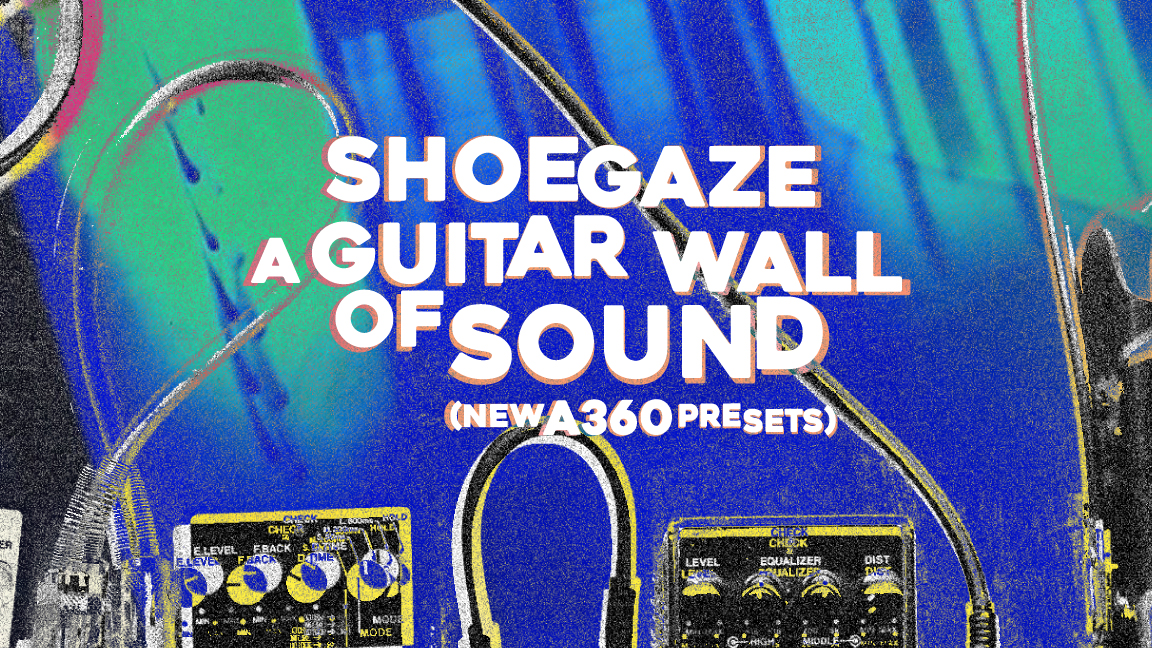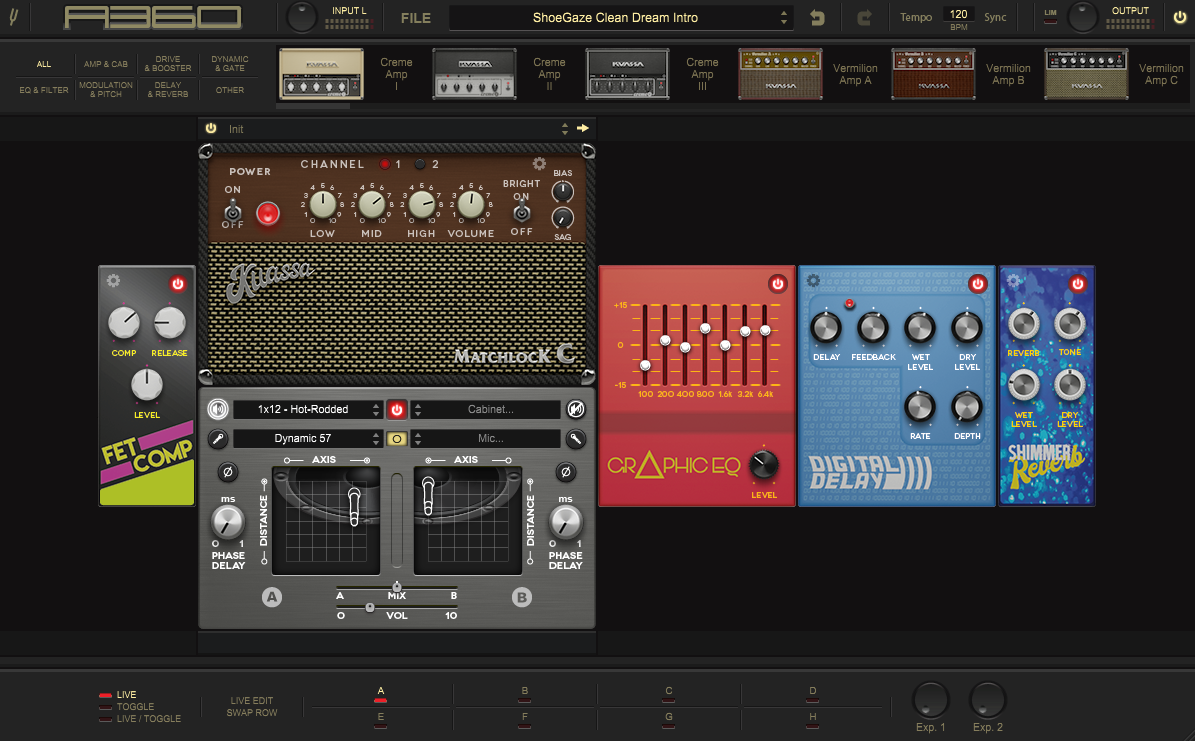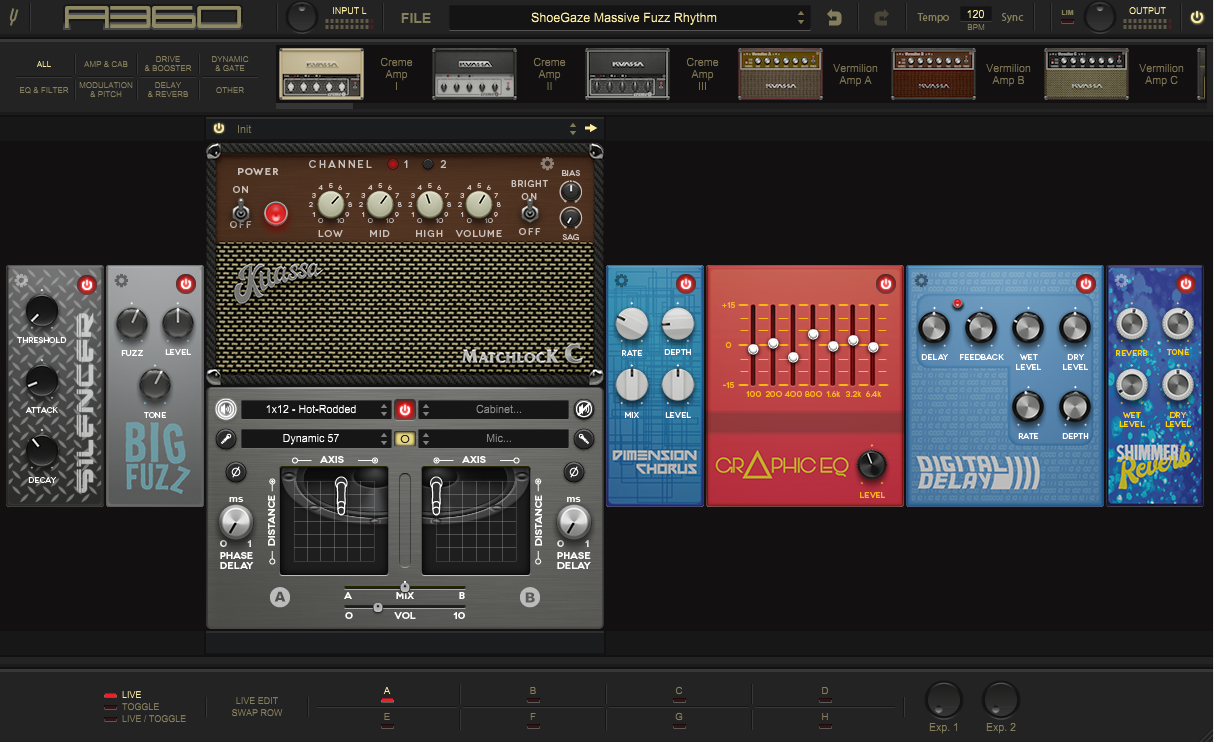Shoegaze: A dreamy, guitar wall of sound.

In the late1980s in the United Kingdom, somehow inevitably or as a result of the evolution of musical genres, a new style was born that interwoven elements of indie and alternative rock. In the early 1990s, the new style called Shoegaze gained speed quickly and was very popular amongst listeners. The style was characterized by its dreamy and spacey sound, predominantly due to guitars with a lot of effects and reverb. Here is something interesting about the name of the style. It came naturally because the performers stood motionless in their live shows and always stared down at their guitar pedals.
Let’s get to know the history of Shoegaze.
The beginning: As we have already mentioned, it was in the late 1980s. Since it is many years back in time, of course, the exact moment is questionable, but the fact is still known: bands began playing around with guitar effects to make their music sound otherworldly. The Jesus and Mary Chain and My Bloody Valentine were among the first big bands influences.
Notable Bands: The style has spanned many bands over the years, but one can be referred to as a pioneer – “My Bloody Valentine,” with their albums “Isn’t Anything” in 1988 and “Loveless” in 1991 being really important for shoegaze as a whole. It should not be denied that other bands like Slowdive, Ride, and Lush were also early shoegaze stars.
Popularity: Shoegaze music was adored by music maniacs and very well received at that time. Bands like Slowdive and Ride made albums that were favorites to many people, and lots of fans got into the music. Some of the best-known albums from this time are Slowdive’s “Souvlaki,” Ride’s “Nowhere,” and Chapterhouse’s “Whirlpool.”
Development: As we know, change is an essential part of music, and not for long the popularity of the Shoegaze style just faded in the mid of the 1990s when music trends took a natural course of alteration. Some bands either stopped making music or tried different things. Many musicians from shoegaze bands joined other bands or formed new ones. This, in turn, led to creating new styles of music.
The Return: Shoegaze made a comeback in the late 1990s and early 2000s. Bands like The Brian Jonestown Massacre, Swervedriver, and My Bloody Valentine’s return with “m b v” in 2013 got people interested in shoegaze again.
Now: Shoegaze music has left traces in the souls of many fans and has an impact on new musicians as well. Bands like Beach House, M83, and DIIV use shoegaze elements in their music. Although not as popular as other styles of music, it’s still valuable and gives inspiration to new musicians.
In a nutshell, the era of shoegaze was known as music that contained a dreamy, fuzzy sound combined with an indie rock vibe and a little bit of grunge here and there and a touch of metal influences. For around ten years, this genre came back twice to its popularity, and 23 years later after the second rising, we can hear how it’s all affected the music when listening to today’s songs.
For those who have that genre as a favorite from its glorious times or newcomers who rediscovered it, here is how to create the guitar sound which involves using various effects to achieve a dreamy, ethereal, and often swirling wall of sound. Some common effects used in shoegaze guitar playing and how to use them:
Reverb:
- Always use a lush, ambient reverb pedal to create a sense of space and depth in the sound.
- Try different reverb types, such as hall, plate, or spring, and then find the one that suits your style.
- Adjust the reverb mix fairly high to create a wash of sound.
Delay:
- Either analog or tape-style delays work well for shoegaze, as they deliver warm, saturated repeats.
- Set a moderate delay time for a subtle slapback effect or longer delay times for more pronounced repeats.
- Regulate the feedback and mix controls to taste, but a higher feedback setting can add to the lushness of the sound.
Chorus:
- Chorus pedals generate a shimmering, detuned effect that forms the foundation of shoegaze.
- Dial in a slow modulation speed and depth to get that “wavy” sound.
- Combine chorus with other modulation effects like vibrato for a unique texture.
Fuzz/Overdrive:
- Apply a fuzz or overdrive pedal to add saturation and grit to your guitar tone.
- Cranking up the gain gives a wall of noise and distortion.
- You can stack multiple overdrive or fuzz pedals for even more texture.
Tremolo:
- Tremolo brings a pulsating effect to your sound.
- Set a slow tremolo speed to create a subtle pulsing rhythm in the background.
Volume Swells:
- Achieve a gradual, swelling effect by using your guitar’s volume knob or a volume pedal.
- Combine volume swells with reverb and delay for a hypnotizing atmospheric sound.
Pitch Shifting/Pedals:
- Experiment with pitch-shifting pedals to create octave up/down or harmonized textures, adding a distinctive, otherworldly quality to your shoegaze sound.
Loopers:
- Operate a looper pedal to layer multiple guitar parts on top of each other, creating intricate soundscapes.
- You can layer clean and heavily affected guitar tracks to build complexity.
Feedback:
- Take up controlled feedback as a creative tool. Let notes sustain and interact with your effects.
- Be careful not to let it get out of control, but controlled feedback can be an integral part of the shoegaze sound.
Experimentation:
- At its core, Shoegaze is experimentation, never afraid to try different, unconventional effects or signal chains.
- Give yourself time to tweak settings, layer effects, and find the unique sonic palette that you can call yours.
Finally, we’re excited to present a couple of presets for our Amiplifikation A360, along with a sound example to demonstrate how these presets can seamlessly integrate into a musical context.
https://www.kuassa.com/products/amplifikation-360/
The Audio Sample:
https://drive.google.com/file/d/1aWWRkFt8ciXqyolzCtU_EI5NLK_WmpuV/view?usp=sharing

Clean Intro Guitar

Massive Rhythm Guitars with Fuzz
Download the presets from here:
https://drive.google.com/file/d/1yiOKPxD7WD4-ffE2-Iq96NNEjS8g8HDz/view?usp=sharing
The presets files for A360 looks like this: ShoeGaze Clean Dream Intro.ka360p ShoeGaze Massive Fuzz Rhythm.ka360p copy them after extracting it from the zip file at:
Presets folder:
Windows:
C:\Users\[User Name]\Documents\Kuassa\Presets\Amplifikation360
Mac:
/Users/[User Name]/Music/Kuassa/Presets/Amplifikation360
Final Words
One can say the “return” of shoegaze may not have reached that same level of mainstream popularity as it was in the early ’90s, but certainly experienced a resurgence in popularity and influence in recent years. For sure it is a beloved subgenre among fans of alternative and indie music, and its effect can be heard in the music of modern artists.

